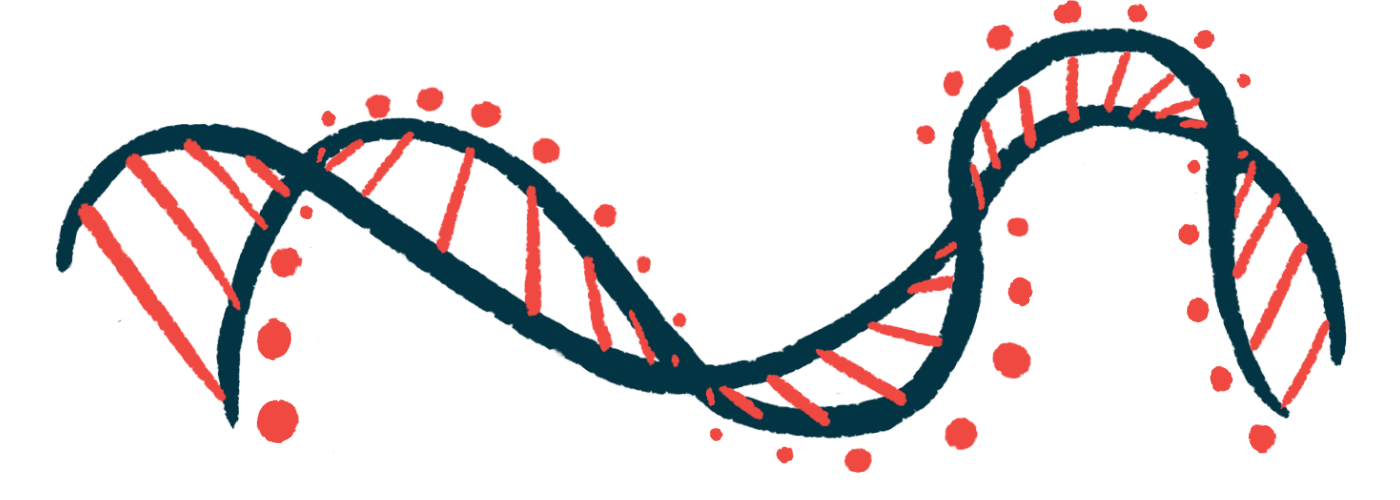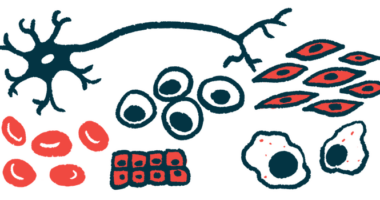CREB3 protein identified as potential treatment target in ALS
High activity of protein associated with reduced risk of developing disease

A rare mutation that leads to abnormally high activity of the CREB3 protein is associated with a reduced risk of developing amyotrophic lateral sclerosis (ALS) and people with ALS who carry this mutation progress significantly more slowly and live longer than those who don’t.
That’s according to the study, “CREB3 gain of function variants protect against ALS,” which was published in Nature Communications.
The findings imply “that boosting CREB3 activity could represent an interesting therapeutic strategy to prevent disease onset or slow down disease progression,” the researchers wrote.
In the neurodegenerative disease ALS, the nerve cells that control voluntary movement, called motor neurons, become damaged and die. The biological mechanisms that drive motor neuron damage in ALS aren’t fully understood, but it’s now known that the genetic activity of certain nerve cells becomes disrupted in ALS, likely contributing to that damage.
CREB3 is a transcription factor — a protein that helps control which genes are turned on or off inside cells. The protein helps control the activity of a particular network of genes.
Zeroing in on the CREB3 protein
Here, researchers conducted detailed cell by cell analyses of brain samples from people who’d died of ALS, which were cross-referenced against data from mouse models of the disease. Through these analyses, the researchers hoped to pinpoint specific networks of genes that were dysregulated in the nerve cells that are most vulnerable to damage in ALS and zeroed in on the network regulated by CREB3 as likely involved in the disease. This prompted them to look deeper into the role the protein may play in ALS.
Like all proteins, CREB3 is built of a chain of building blocks called amino acids. In most people, a specific amino acid called arginine (abbreviated, R) is present at the 119th position in the chain that makes up CREB3. But some people have a mutation that causes glycine (G), a different amino acid, to be at this position. This mutation is referred to as R119G.
The researchers analyzed genetic data from 1,873 ALS patients and 3,926 people without the disease, and found that the R119G variant was nearly twice as common among people without ALS, which suggests that people who carry the mutation are less likely to develop the disease. Statistically, the R119G variant was associated with a 39% lower chance of developing ALS.
The researchers then looked at outcomes for ALS patients who did or did not carry this variant. They found that people who carry the R119G variant live nearly a year longer on average than those without it (55.5 months vs. 43.9 months). Disease progression was also significantly slower in patients who carried the variant.
“Overall, this data confirms that the R119G mutation has a protective role in ALS and demonstrates that ALS patients that do carry the variant have a significantly slower rate of motor progression and increased mean disease duration,” wrote the researchers, who also looked at how the R119G variant effects CREB3’s activity as a transcription factor. They found that the protein carrying this variant is substantially more active than the normal version, leading to greater activation of the gene network it regulates. “Thus, the CREB3 R119G variant confers protection against ALS via a higher … activation of its target genes.”
The scientists said the data suggest that activating CREB3 could be a useful therapeutic approach for ALS treatment, but more research is needed to validate the results and better understand CREB3’s role in nerve cells.







